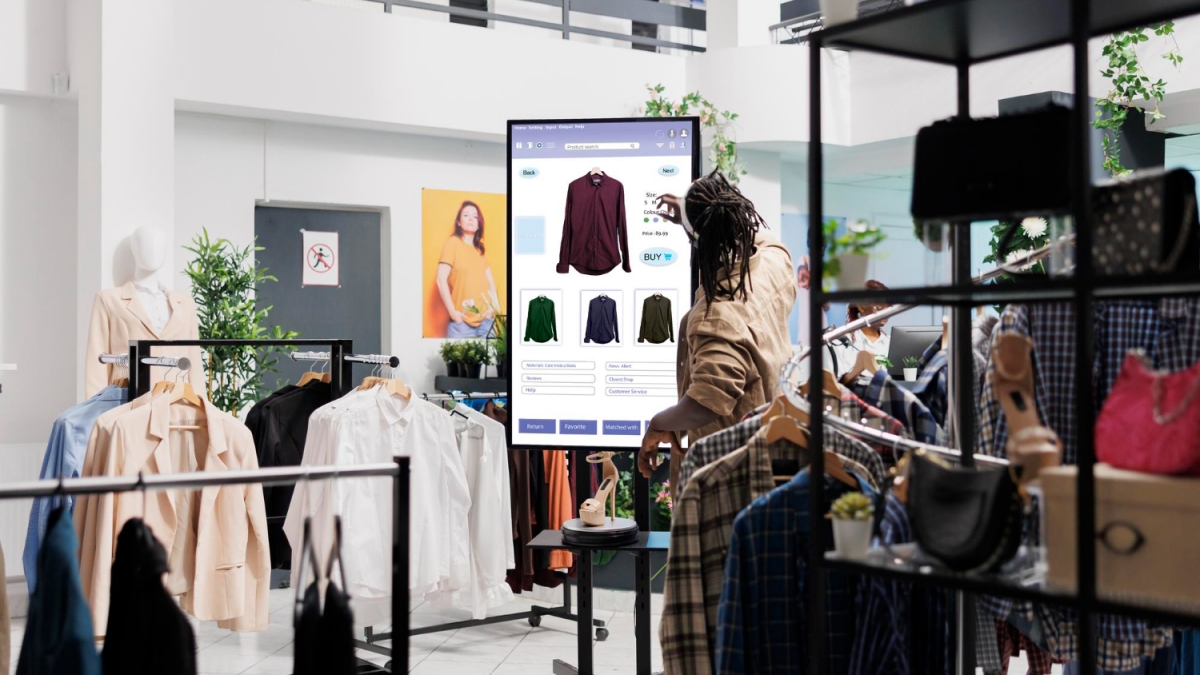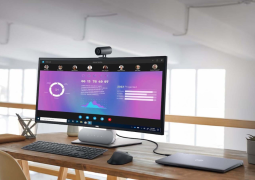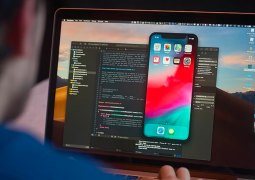Retail Store Design for the Future: Anticipating Changing Consumer Trends
by 11/12/2023 13:550

In the world of retail, evolution is not only expected but necessary for survival and success. With the rapid advancement of technology and changing consumer preferences, retailers must constantly adapt to stay relevant in a highly competitive market. As the shifts occur, retailers adapt their environments to meet emerging needs. Understanding current trends is key to future-proofing one’s business.
The world of retail is constantly evolving to meet the changing needs and preferences of consumers. From the rise of e-commerce to the integration of technology and the growing focus on sustainability, retailers must embrace these changes to thrive in a dynamic and competitive industry.
The task for retailers is to adapt store design and layout to match evolving consumer demands. This piece will delve into how changing trends shape retail store design and how businesses can stay a step ahead in creating engaging retail spaces.
The Surge of e-Commerce
Brick-and-mortar stores grapple with new challenges as e-commerce enjoys rapid growth. Shoppers now enjoy an abundance of choices as online shopping is a convenient way to shop. Physical stores require reimagining, offering experiences beyond the reach of e-commerce. This means crafting immersive environments and personalized interactions while ensuring smooth transitions between digital and physical realms.
Leveraging Cutting-edge Tech
Innovation brings safety enhancements in unexpected sectors. One area is in retail store design services that combine technology with real-time monitoring for heightened safety. Retailers can create safer environments through advanced surveillance systems, facial recognition software, and smart sensors benefiting customers and employees alike. Technologies like mobile apps and touchscreens enable seamless integration of digital experiences into physical stores, boosting overall customer experience by merging tangible and digital realities.
Beyond safety improvements, technology enhances the shopping experience itself by using Augmented Reality (AR) along with Virtual Reality (VR). AR allows customers to visualize products in their real environment, virtually placing furniture, clothing, or other items in their own homes. This empowers customers to make more informed purchase decisions by seeing how products fit into their existing spaces.
VR takes customers on virtual journeys. Customers can explore virtual stores or even attend virtual fashion shows, making shopping more interactive and exciting. VR also enables brands to showcase their products in dynamic ways, creating a memorable and immersive experience for customers.
AR and VR fuse video technology with real-time oversight for increased security while preventing theft and tracking customer behavior providing valuable sales insights. Introducing AR or VR offers immersive shopping experiences that propel customer engagement further.
Need for Flexible Spaces
In today’s digital age, flexibility reigns supreme. Retailers need adaptable spaces reflecting shifting needs and trends, such as modular fixtures that can be rearranged swiftly, allowing for quick store makeovers. Embracing flexibility in design allows retailers to create dynamic spaces easily modified to highlight new products or host special events.
Visual Merchandising’s Might
Visual merchandising is pivotal in attracting and engaging customers. Retailers can use external 3D furniture modeling services to craft realistic virtual replicas of their stores. This empowers them to test different layouts, color schemes, and product placements before making physical alterations. When retailers outsource 3D furniture modeling services, they can optimize the visual appeal of their stores and produce compelling displays that captivate shoppers.
Beyond virtual visualization, attention should be given to creating visually appealing displays within the store. Striking window displays, organized product arrangements and deliberate lighting all contribute positively to the shopping experience. Merging both virtual and physical merchandising efforts creates truly magnetic retail environments.
Sustainability Matters
Environmental concerns garner global attention as consumers become increasingly aware of their carbon footprint. Retailers can express their commitment to sustainability through store design: eco-friendly materials, energy-efficient lighting, and sustainable practices reduce environmental impact while resonating with environmentally conscious consumers. Sustainable design showcases a brand’s values creating a positive image that caters to the growing segment of socially responsible customers.
Conclusion
Retail store design is a living entity evolving with changing consumer needs and preferences. Taking advantage of advanced technology, cultivating flexible spaces, and exploiting visual merchandising powers will create engaging retail spaces that succeed in today’s market.
The right strategies equip retailers to embrace e-commerce’s rise providing unique experiences that increase foot traffic thus boosting sales. Anticipating changing consumer trends while adopting innovative retail store design approaches ensures businesses stay ahead of the curve.



